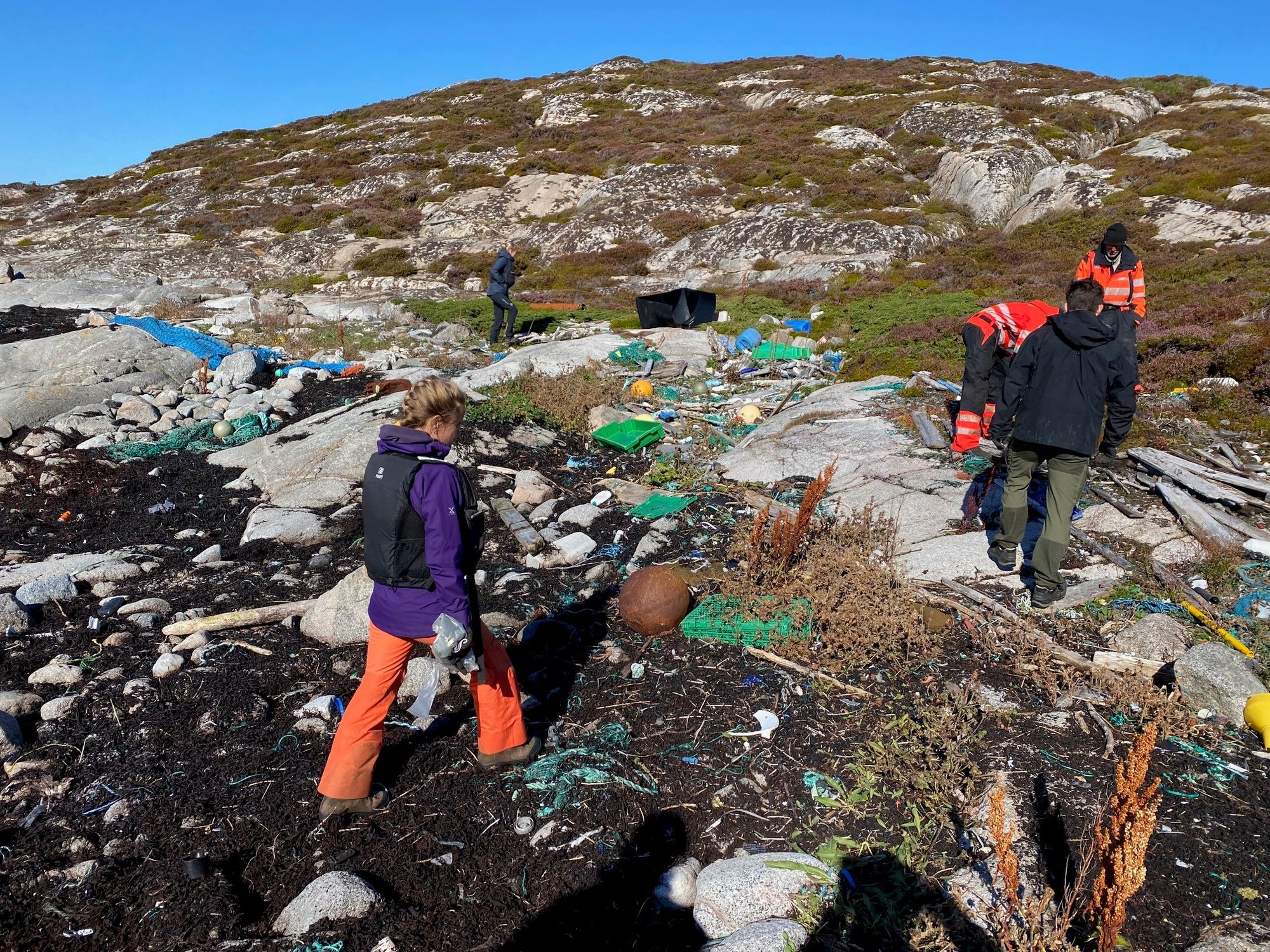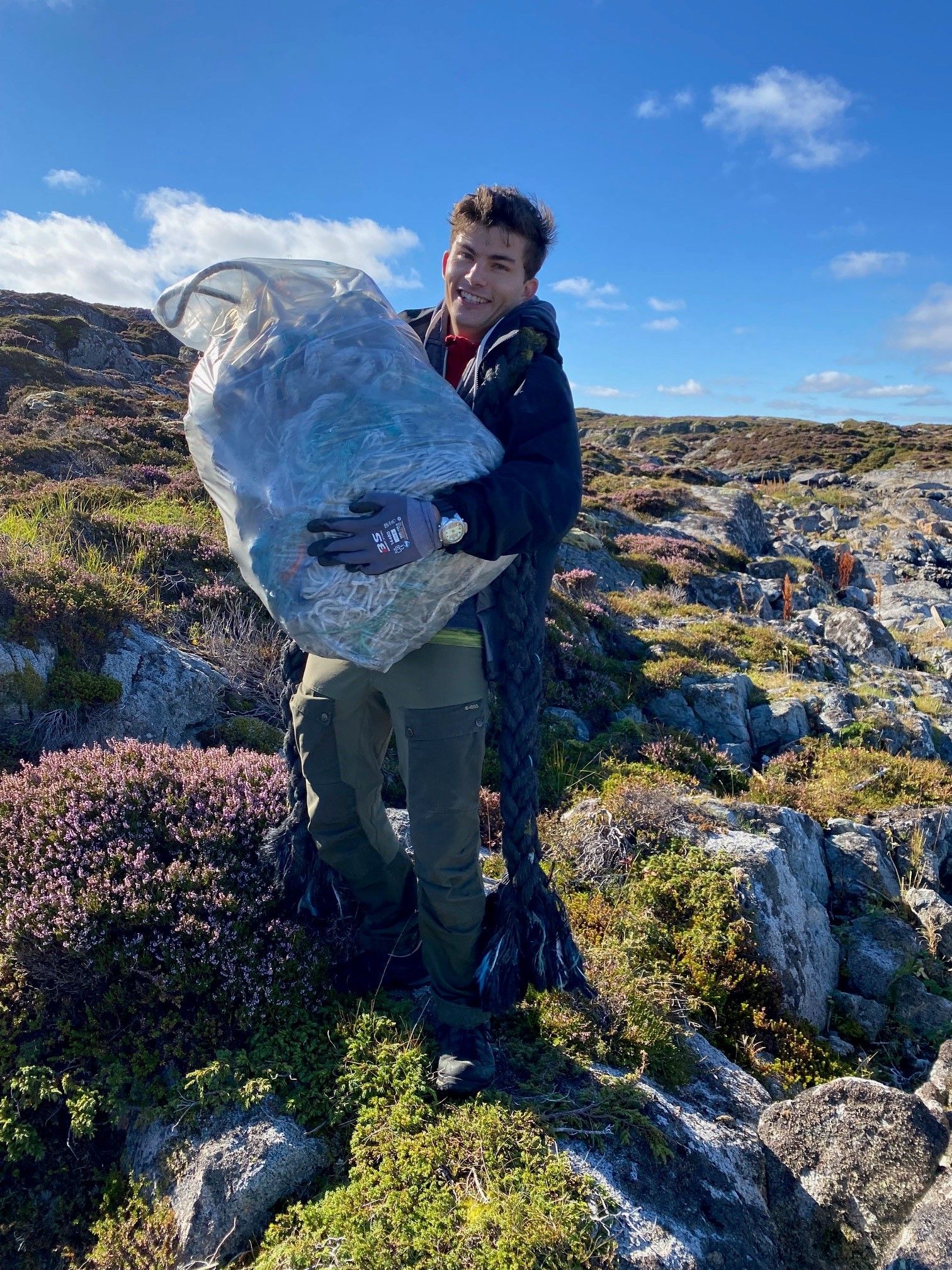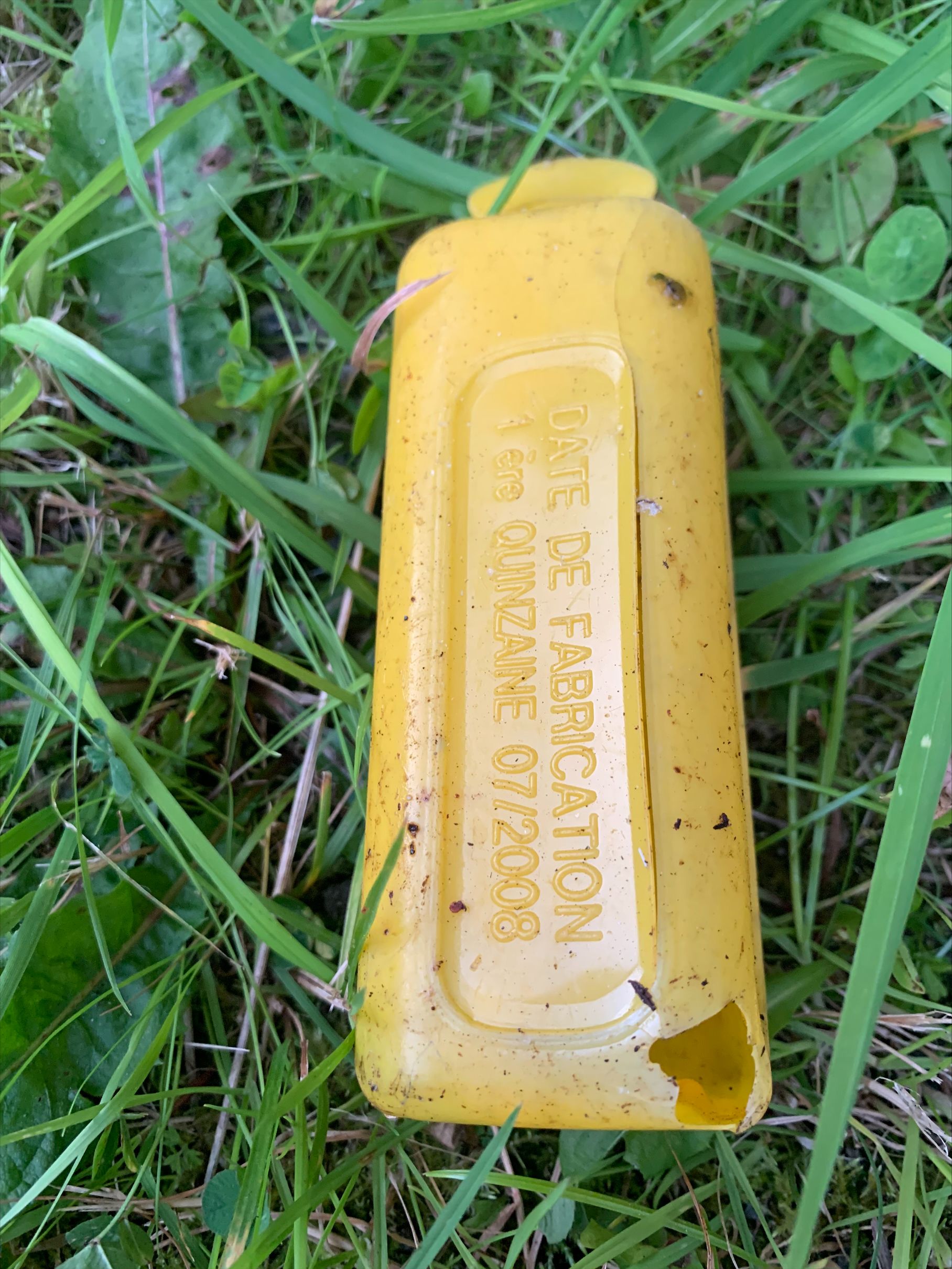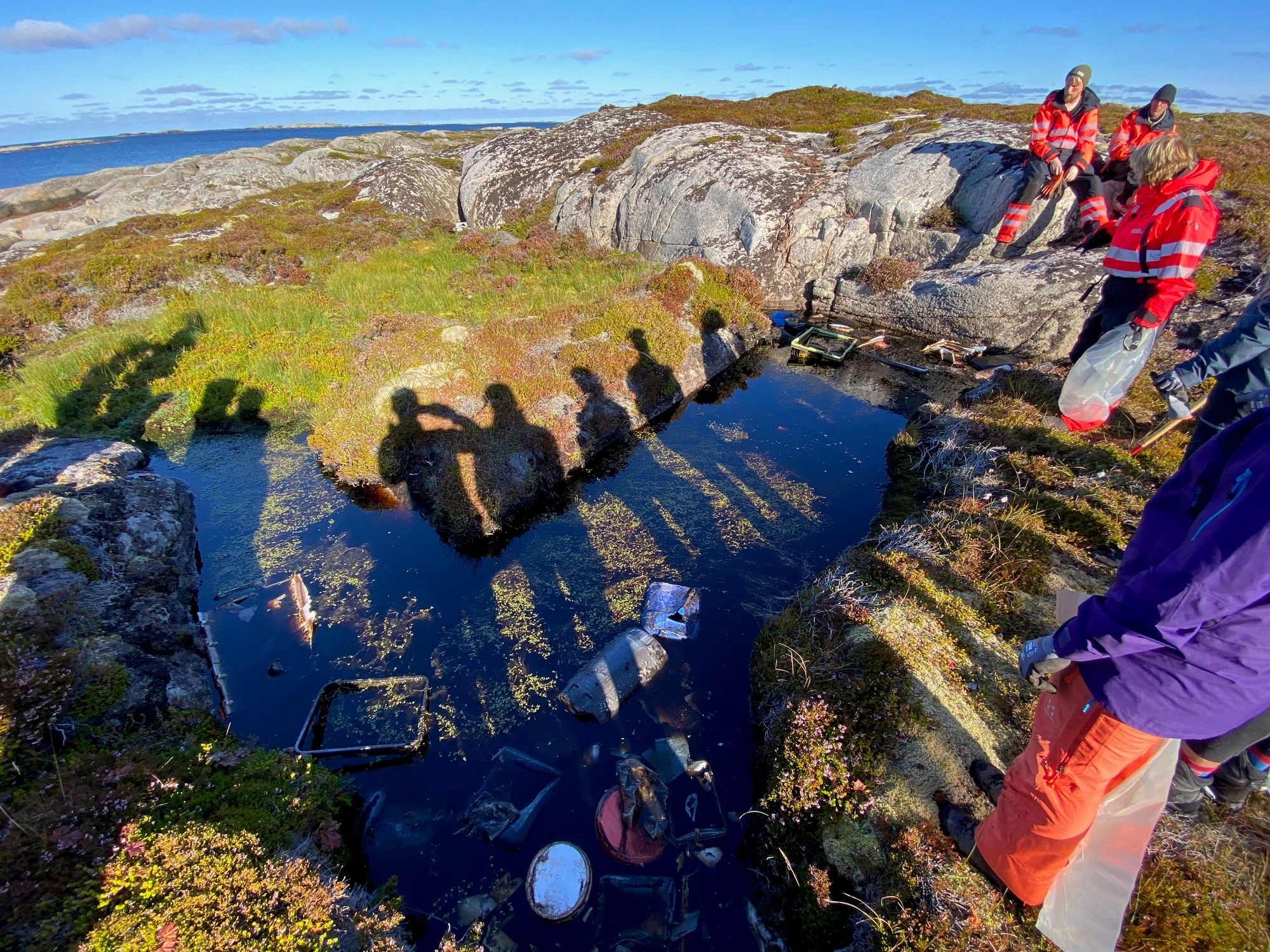Marine plastic pollution in Trondheims neighbourhood

When thinking about marine plastic litter, which has become one of the most pressing environmental issues, many people may think first about piles of waste in Africa or Asia. However, the pollution can be closer than you think. As the crow flies it is less than 100 km from Trondheim to Eider AS Mausund field station, actively combating marine plastic pollution. A key aim of the ATLANTIS project is to quantify the impacts of marine plastic litter, so in September the entire Life cycle impact assessment research group visited the station for 3 days to get an idea of the extent of plastic pollution and to learn about relevant mechanisms behind it.
During our trip we first learned from Odd Arne Arnesen (general manager) that the Froan Nature Reserve, one of the largest coastal reserves in Scandinavia, is particularly exposed to marine plastic litter. This is because the several thousand islands of the Nature Reserve are functioning as a net for plastic litter that is transported by ocean current along the Norwegian costs. Since 2017 the team of Odd Arne has the task to clean up the area from plastic and during our trip, we could join the cleanup of one of these islands.
During our 30 minutes boat ride, we saw some of the white-tailed eagles and seals that live in the nature reserve, but no plastic. This immediately changed when leaving the boat after arriving at the island. Plastic was everywhere and with every step we were able to spot more plastic.

After a short crash course in plastic collection, each of us was equipped with trash bags. We were all surprised that it was possible to fill several bags within minutes, while almost standing at the same spot. The litter varied from small plastic, over plastic bottles to entire fishing nets, requiring several people to lift them.

We identified that the plastic we found came from all over the world, for example, from Argentina, Malaysia, UK, Spain, Germany Netherlands, but also from Norway.

In many cases, it was not easy to remove the plastic, because it was already part of the soil. Research from the field station revealed that soil samples in average contained 25% of plastic. In addition, lots of plastic objects where fragile and broke down into small pieces after touching them. Many of these pieces disappeared behind one of the many rocks lying on the islands. We were also surprised to see how far inshore the plastic get flushed by wind and tide. The amount of plastic litter present on the island was so large, that even after several hours one could have thought that we never had started.

As refection we were all astonished how much effort is needed to clean up the plastic, bearing in mind that we only have been on 1 of several thousand islands in the Nature Reserve. This shows that it is first of all important to stop the mismanagement of plastic, to hinder it from reaching the ocean. As the plastic we found came from all over the world, this is a collective effort and not only of the country in which the plastic reaches the shore. However, we must also acknowledge that the local plastic pollution is happening now, and to ensure that the ocean clean-up can keep pace with the amounts of plastic arriving, new technical solutions for clean-up must be developed in parallel.
After 2 days we left the Mausund island with mixed feelings. On one side happy as we could experience the beauty of Froan Nature Reserve but on the other side realizing that a serious environmental issue is occurring so close to Trondheim.

